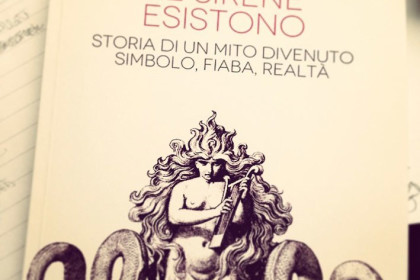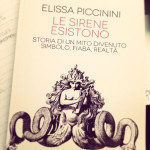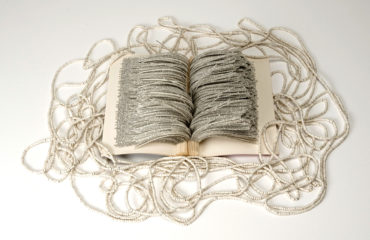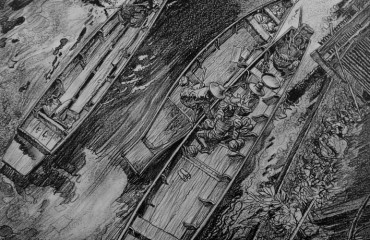
Elissa Piccinini lives and works in Parma; Professor of Italian, Latin and Greek Language and Literature, she is also a scholar of the evolutionary path that the figures of Greek and Latin folklore have suffered in the transition to Christian literature. In his book, The Mermaids Exists (Ottolibri editions) tells the story of these women-the monster through the centuries and transformations, in a narrative passionate and exciting.
How are the mermaids made?
The mermaids polymorphism and their being polysemic, ie hold many meanings, is one of the most powerful features of these beings, the one who made their fortune over the centuries. Originally, according to the Greeks, the mermaids were female bird. Fascinating beings, blond or the deep blue haired as the sea as we know – linked especially to Anglo-Saxon and Celtic folklore – did not exist. They were instead very similar to malignant harpies, or similar to Nikai, the winged victories, only later, with a very strange passage, in the medieval age already have turned into human half fish and half women. The transition has not been clear for many centuries have lived both the bird-like and the fish-like mermaid, even we have evidence of mermaids that are a third bird, a third fish, and a third woman. The transformation has taken place between the pages of a script, the Liber Monstrorum of medieval monk Audelinus, probably Anglo-Saxon, which for the first time speaks of these mermaids with the body of the fish. It is not only their appearance to be ambiguous, elusive, but also their sense: since antiquity have covered a diverse range of meanings. They lured sailors on the way (Homer), or consoled with their song the deceased in the afterlife (Plato) or were on large spheres that governed the harmony of the universe, celestial mermaids. A polysemic that allowed them to live a life rich in meaning. They are chthonic, night, live in Hades and weep, as in Euripides, also represented on the tombs, or are solar, as in the Odyssey, linked to the calm, the charm of the afternoon, the sun that dazzled to lead sailors. Their story is an inextricable tangle, just as feminine as women.
The mermaids and the temptation of pleasure.
This binding is very old. The ancient Greek playwrights were already speaking of this aspect and rationalists that around the fifth century B.C. began to read the myths from the rational point of view, so as symbolic images, turned them into prostitutes. However, an interpretation that conflicts with one of their characteristics: infertility. In fact, one of the many ancient myths wants that once the mermaids engaged a ruthless struggle with Aphrodite girls who were refused the pleasures of love and revenge the goddess changed into birds, sterility of monsters. In the Greek East instead took on a completely different meaning, were the temptations of knowledge of Eastern philosophies, the heretical sects: a West and an East pragmatic wisdom.
Suddenly you find yourself in front of a mermaid scales and bones. What do you do?
The mermaid is an illusion, a dream. I plunge myself into the water and follow her.
 English
English  Italiano
Italiano 






